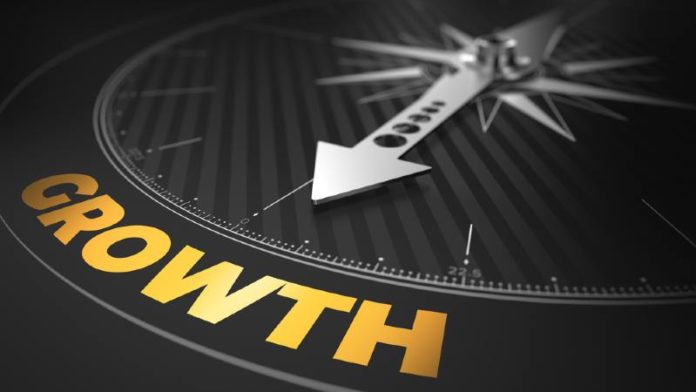Facebook. Amazon. Netflix. Google. In short, these four tech giants are known as FANG companies. These companies have grown so much in size and stature over the past decade, that their performance can move the needles of global stock markets. How did they achieve growth of this magnitude? Can businesses of today replicate the same growth story?
Turns out the FANG companies, as well as several other companies that have achieved commendable growth, possessed three common traits.
They are:
- People
- Processes
- Technology
When these three components are combined at the right proportions, growth happens. Let’s see how each of these components is made up individually.
People
In a growth framework, people consist of growth teams. Growth teams are not made up of individuals or siloed departments. Instead, they are cross-functional units that collaborate across multiple disciplines to create a multiplier effect.
For example, an engineering team creating a revolutionary product. The marketing team funds and leverages a market fit for the product. The sales team goes on to sell the product to the identified market.
Growth teams need a direction, or rather a go-to-market strategy to thrive. They also need the right processes and technology to accelerate their growth.
Without people, growth cannot happen. That is why it is crucial for startups and early-growth companies to invest in hiring the best talent.
The Functional Growth Team Model. See how it compares to the Independent Growth Team model.
Processes
Processes are standard methodologies of doing anything. In accounting, it could be the standard method of preparing and presenting financial statements. In marketing, it could be choosing the right channel for creating brand awareness. In sales, it could be the way of approaching a lead and turning them into a paying customer.
Processes ensure that there is standardization in the way growth teams work together. It helps create uniformity in operations, reduces errors and also helps quick scaling of operations.
In a growth strategy, processes usually take the form of goals (KPIs & metrics) in absolute numbers. These numbers aid the growth teams in assigning responsibilities to teams and down to individual team members. To help each team member in a growth team perform their absolute best, technology is leveraged.
4-steps to establish growth processes.
Technology
Technology ensures that teams do not have to spend too much time or effort in manual operations. It also ensures that they are able to speed up in performance to match competitor offerings or R&D for new products.
For example, let’s consider a CRM tool for maintaining customer records. Without CRM, sales reps would have to maintain lead data in spreadsheets. Each time there is an update in customer information, spreadsheets will have to be revised and exchanged. This is not only an unproductive way of functioning, but is also highly prone to errors.
The use of technology helps avoid the pitfalls that a team might face. When we refer to technology, we are referring to the several software tools and automation software available in the market that automate manual chores, avoid duplication of tasks and also eliminate errors that are common in analog operations.
The major categories of technologies that a growth strategy would require include marketing automation, social media marketing, digital commerce, data analytics, and data management platform.
One burning question: Should technology be built or bought
When it comes to equipping their growth teams with technology, businesses have two options — build the technology from the ground up or buy it from those who have already build it. Both options have their own pros and cons.
Buying software is easier compared to developing it from scratch. A quick comparison of features and pricing should help zero in on a software vendor. Development is tedious since finding the right tech partner requires due diligence. Further, the cost to buy software and the cost to build one is also drastically different from one another.
On another note, a third-party software would require the business to share its data with the vendors. A customized solution, on the other hand, will ensure complete data ownership.
Also, the choice will vary depending on the size of the business. For example, it might be suitable for a small scale business to buy technology. But, for an enterprise, a customized solution that caters to its unique requirements would be a better fit.
Bringing it all together
A growth strategy brings together all the efforts and resources of an organization together. They will work together in conjunction to achieve a common goal. A growth strategy requires three main components to work: people, processes and technology.
The right quantity of people will give the organization a growth team that can take the business closer to its goals. Processes ensure that the teams are on the same page when it comes to executing the plans that are already in place. Last, but not the least, technology ensures that growth teams are able to ramp up operations with accuracy and at scale.
Aditya Shankar is a content marketing manager at MoEngage. With an experience in data-driven storytelling for the last 5 years he intends to help companies in the growth stage with latest in mobile marketing and omnichannel engagement. Got comments, feedback, or a content proposal? Reach him here.
Strategy stock photo by Tashatuvango/Shutterstock







